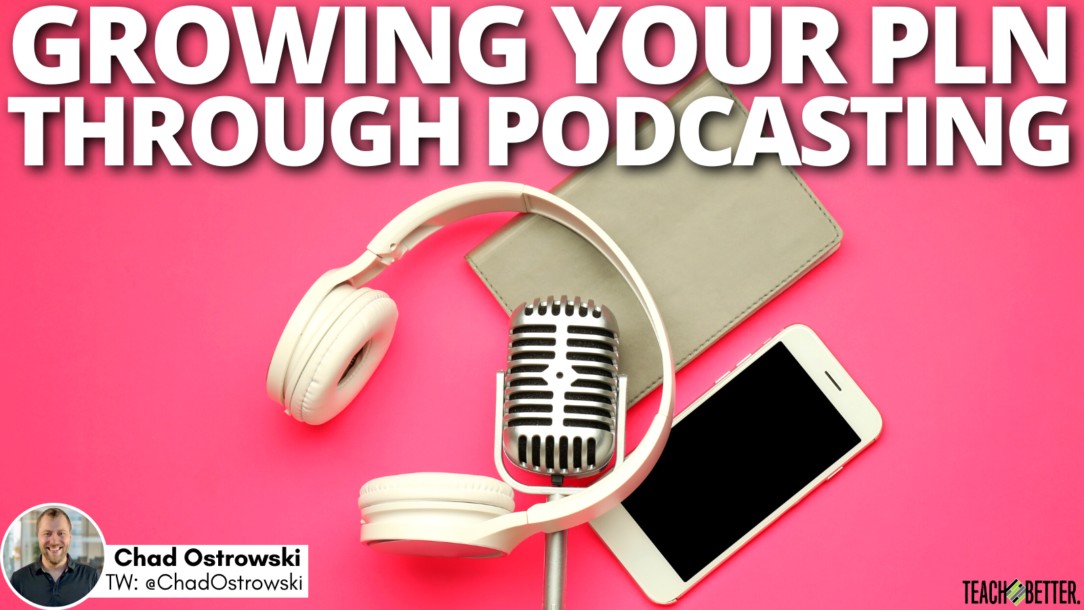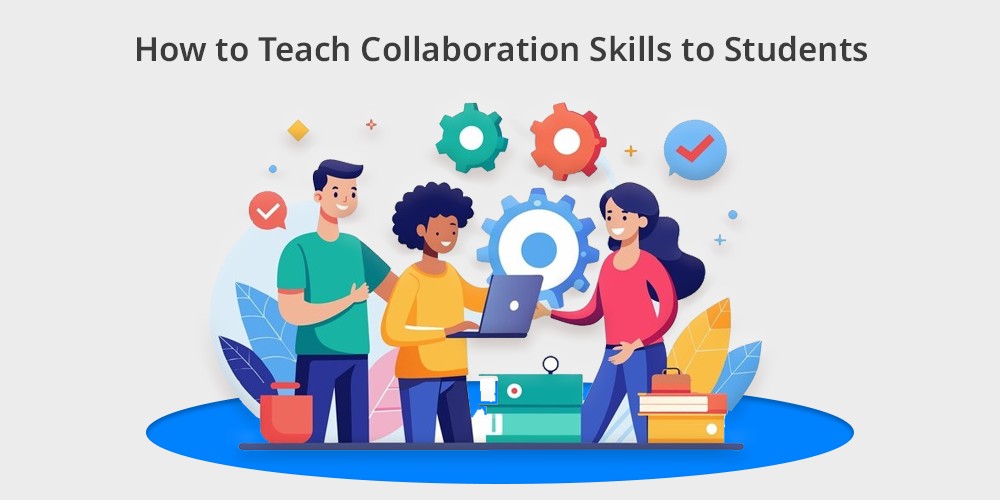In today’s fast-paced world, learning no longer needs to be confined to classrooms, textbooks, or even scheduled lectures. One of the most engaging and flexible educational tools available is the podcast. Educational podcasts are rapidly gaining popularity, offering a convenient way to absorb information while on the go. Whether you’re commuting, exercising, or cooking dinner, these audio programs allow listeners to dive into a variety of subjects without needing to sit down and stare at a screen. But beyond their ease of access, podcasts can serve as powerful allies in boosting learning outcomes when used effectively.
At their core, educational podcasts provide content that informs, explains, or teaches. Unlike traditional academic resources that often feel rigid or overly formal, podcasts typically adopt a more conversational tone, which helps to demystify complex topics and make them more relatable. When a subject is discussed in an engaging, storytelling format, listeners tend to retain the information better. This method of delivery encourages active listening and critical thinking, both essential elements of effective learning.
One of the strongest advantages of educational podcasts is their ability to cater to different learning styles. Not everyone learns best by reading or taking notes. For auditory learners in particular, podcasts offer a dynamic and stimulating way to engage with material. The format also provides an opportunity for repeated exposure. A student might replay an episode multiple times to reinforce understanding, or revisit a particular section to clarify a confusing concept. This repetition, combined with the convenience of mobile listening, allows learning to become a more consistent and integrated part of daily life.
The variety of educational podcasts available is another significant benefit. From science and history to language learning and business insights, there’s virtually no topic that hasn’t been explored through this medium. Learners can curate a personal playlist that aligns with their interests and academic needs, creating a highly individualized learning experience. This freedom to choose fosters greater motivation and curiosity, as learners are more likely to engage with content that feels relevant and exciting to them.
In an academic setting, teachers and instructors can incorporate podcasts into their lesson plans as supplementary material. Assigning a podcast episode as homework or using it to introduce a topic in class can spark new conversations and provide multiple perspectives. For instance, a history teacher might use a podcast episode to complement textbook coverage of a particular event, bringing it to life with firsthand accounts or expert analysis. Similarly, a business course could benefit from podcasts featuring interviews with industry professionals, offering students real-world insights that extend beyond the classroom.
Podcasts also have the power to humanize learning. Hearing a subject matter expert speak passionately about their work can ignite similar enthusiasm in listeners. The tone, emotion, and pacing of a speaker’s voice can make the information feel more tangible and less abstract. For learners who may struggle with reading dense material or who find traditional lectures too monotonous, podcasts offer an inviting alternative that bridges the gap between academic knowledge and personal understanding.
Moreover, the format supports multitasking, which is especially valuable for busy students and professionals. Rather than carving out dedicated time to read a chapter or attend a lecture, a learner can listen to a podcast during their daily routine. This doesn’t mean podcasts replace focused study sessions, but they do offer an effective way to reinforce learning in a less structured, more adaptable format. In this way, podcasts turn passive time into productive opportunities for growth.
Of course, simply listening isn’t enough. To get the most out of educational podcasts, learners should engage actively with the content. This might mean taking mental or physical notes, discussing the episode with peers, or applying what they’ve learned in real-world scenarios. Reflection is key—thinking about how the information connects to prior knowledge or how it might be used in a future context enhances retention and understanding. In educational environments, encouraging students to respond to podcast content through writing assignments or group discussions can deepen comprehension and make learning more interactive.
Technology has made it easier than ever to integrate podcasts into formal and informal education. Most podcast platforms allow for downloads, subscriptions, and automatic updates, so learners can stay consistently engaged. Many podcasts also offer transcripts, additional resources, or related readings, providing multiple layers of content that can be explored in tandem. Some educators even create their own podcasts, tailoring episodes to their curriculum and offering students a more personalized learning experience.
The rise of podcasts as a learning tool reflects a broader shift in how we think about education. No longer confined to rigid structures or physical spaces, learning is becoming more fluid, accessible, and learner-driven. Educational podcasts exemplify this evolution, merging technology with human storytelling to create a compelling and effective medium for knowledge transfer.
Ultimately, the key to using educational podcasts to boost learning lies in intentionality. It’s not just about passive listening, but about choosing content that aligns with one’s goals, engaging with it critically, and finding ways to apply what’s learned. When approached thoughtfully, podcasts can serve as both inspiration and instruction, helping learners of all ages deepen their understanding, expand their perspective, and foster a genuine love of learning.




